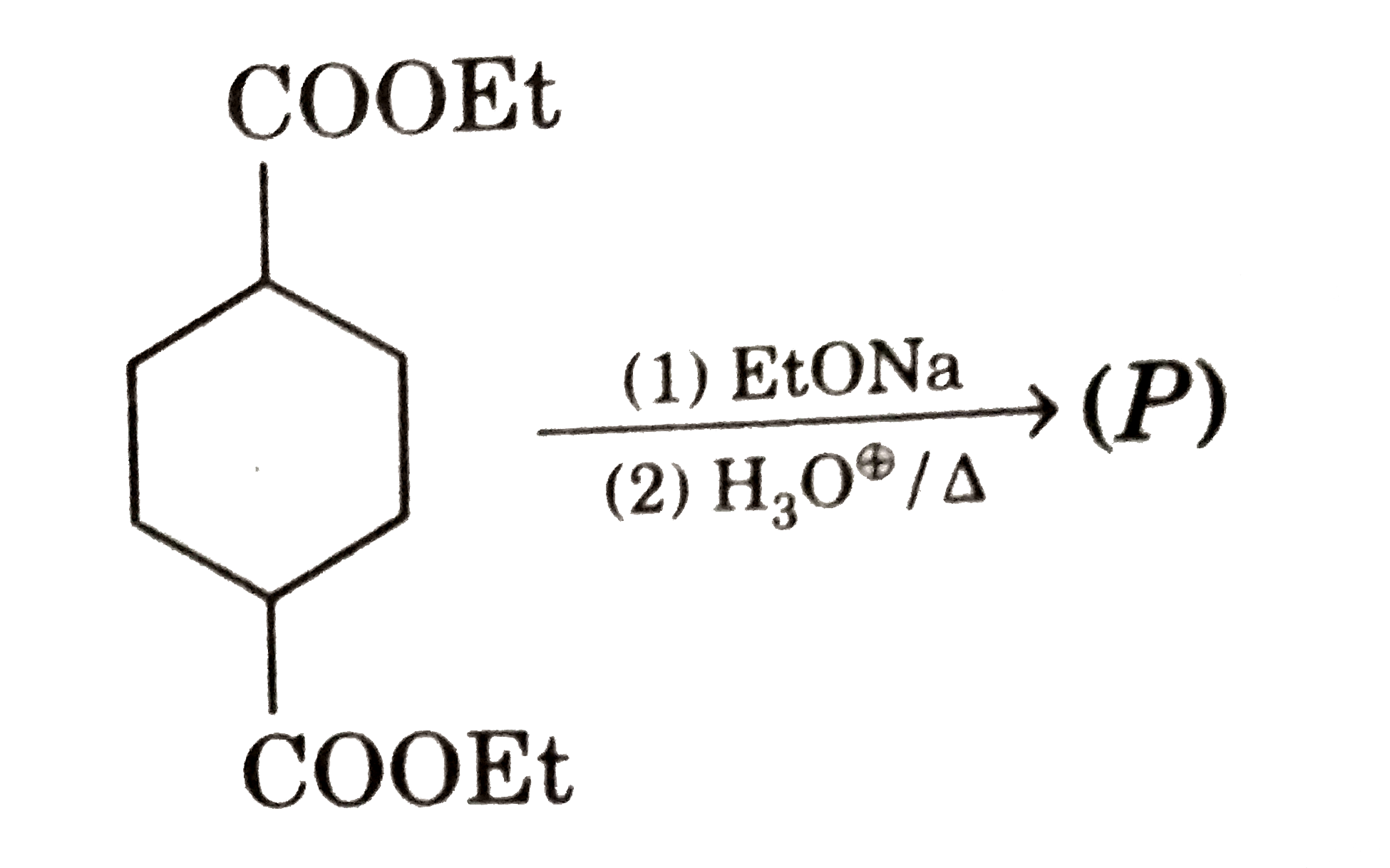Select an incorrect staments.
Diffusion in the movement of molecules by random thermal agitation.
Diffusion in the movement of molecules by random thermal agitation.
Channels are transmembrane proteins that function as selective pores
Aquaporins form hydrophobic transmembrane channels for the passage of water.
The correct Answer is:D
To solve the question of selecting the incorrect statement regarding transport in plants, we will analyze each statement step by step.
1. Analyze the First Statement:
- The statement mentions that diffusion is the movement of molecules by random thermal agitation and is a type of passive transport.
- Evaluation: This statement is correct. Diffusion does occur without the need for ATP and moves molecules from a region of higher concentration to a region of lower concentration.
2. Analyze the Second Statement:
- The second statement also discusses diffusion and mentions the movement of molecules by random thermal fission.
- Evaluation: This statement is also correct. Like the first statement, it describes diffusion accurately, emphasizing its role in gaseous movement in plants.
3. Analyze the Third Statement:
- The third statement states that channels are transmembrane proteins that function as selective pores.
- Evaluation: This statement is correct. Channels indeed serve as selective pores in the membrane, facilitating the transport of specific molecules.
4. Analyze the Fourth Statement:
- The fourth statement discusses aquaporins, stating that they form hydrophobic transmembrane channels for the passage of water.
- Evaluation: This statement is incorrect. Aquaporins actually form hydrophilic transmembrane channels that allow water to pass through, not hydrophobic channels.
Conclusion:
The incorrect statement is the fourth one regarding aquaporins.
Final Answer:
The incorrect statement is: "Aquaporins form hydrophobic transmembrane channels for the passage of water."
---
- The statement mentions that diffusion is the movement of molecules by random thermal agitation and is a type of passive transport.
- Evaluation: This statement is correct. Diffusion does occur without the need for ATP and moves molecules from a region of higher concentration to a region of lower concentration.
- The second statement also discusses diffusion and mentions the movement of molecules by random thermal fission.
- Evaluation: This statement is also correct. Like the first statement, it describes diffusion accurately, emphasizing its role in gaseous movement in plants.
- The third statement states that channels are transmembrane proteins that function as selective pores.
- Evaluation: This statement is correct. Channels indeed serve as selective pores in the membrane, facilitating the transport of specific molecules.
- The fourth statement discusses aquaporins, stating that they form hydrophobic transmembrane channels for the passage of water.
- Evaluation: This statement is incorrect. Aquaporins actually form hydrophilic transmembrane channels that allow water to pass through, not hydrophobic channels.
The incorrect statement is the fourth one regarding aquaporins.
The incorrect statement is: "Aquaporins form hydrophobic transmembrane channels for the passage of water."
Similar Questions
Knowledge Check
- Question 1 - Select One or More
Select incorrect statements.
AMethoxy ethane give iodoethane with one equivalent anhydrous HIBOrder of basicity in aqueous medium MeNH2<Me2NH<Me3NCOptically active alkanol will show total retaintion of configuration during its reaction with SOCl2DS-2-bromobutane gives R-2-methyl butane nitrile with AgCN as major product - Question 2 - Select One
Select incorrect statements
ACIO2 and Cl2O are used as bleaching agents for paper pulp and textilesBOCl− (hypohalites) salts are used as detergentCOCl− disproportionates in alkaline mediumDBrO−3 is oxidised to Br2 by Br in acidic medium - Question 3 - Select One
Select incorrect statement
ACIO2 and Cl2O are used as bleaching agents for paper pulp and textilesBOCl− (hypohalites) salts are used as detergentCOCl− disproportionates in alkaline mediumDBrO−3 is oxidised to Br2 by Br in acidic medium


